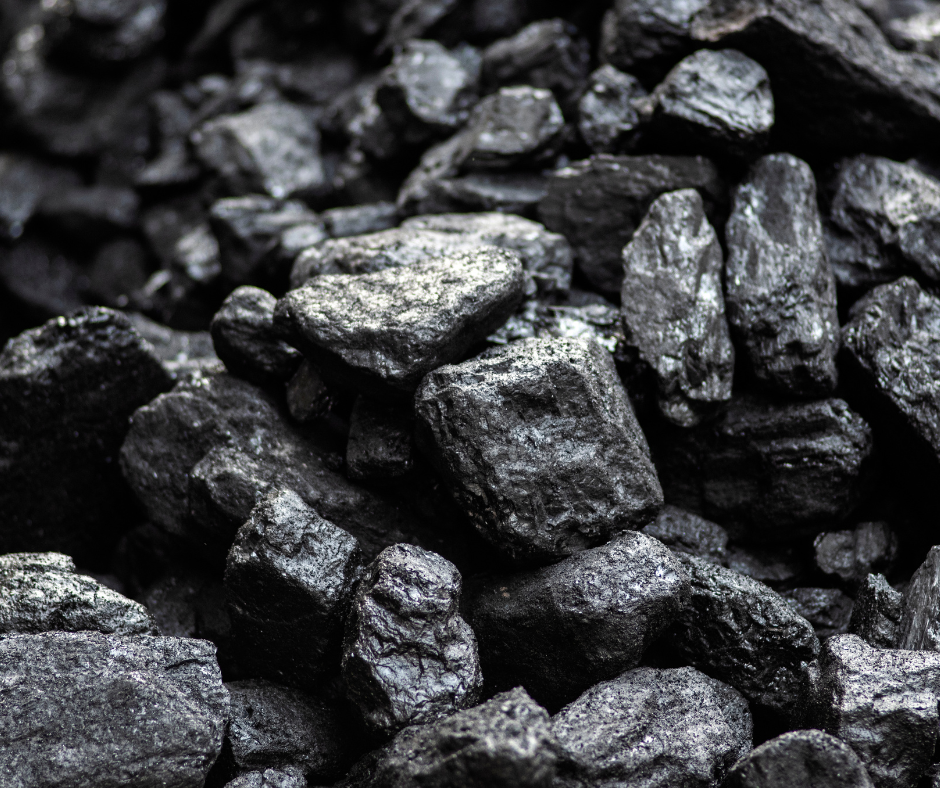Carbon capture is an important process that involves capturing carbon dioxide from industrial processes to prevent it from being released into the atmosphere. Raman spectroscopy is an optical technique that has gained increasing popularity for monitoring and analyzing carbon capture processes. In this blog post, we will discuss the ten benefits of using Raman analysis for carbon capture.
How is Raman analysis beneficial for carbon capture processes?
1. High Sensitivity: Raman spectroscopy is highly sensitive and can detect trace amounts of impurities in the gas stream. This makes Raman a valuable tool for monitoring carbon capture processes, as it can detect small changes in the chemical composition of the gas stream.
2. Non-destructive: Raman spectroscopy is a non-destructive technique, which means that it does not damage the sample being analyzed. This is important for carbon capture processes, as it allows for continuous monitoring of the gas stream without interfering with the capture process.
3. Real-Time Monitoring: Raman analysis for carbon capture provides real-time monitoring of the gas stream in seconds, which allows for immediate feedback and adjustments to the carbon capture process.
4. Versatile: Raman can analyze different stages of the carbon capture process, from analyzing incoming feedstock, to monitoring the transformation process, to validating and optimizing final product quality.
5. Portable: Raman spectroscopy instruments are portable and can be easily transported to different sites for on-site analysis. This is valuable for analysis of carbon capture processes, as it allows for on-site monitoring and analysis without the need for laboratory facilities. A solid-state Raman system like the All-In-One has no moving parts, allowing businesses to take it to the point of need.
6. Easy Sample Preparation: Raman analysis for carbon capture requires minimal sample preparation, which makes it a quick and easy technique to use for carbon capture processes. The MarqMetrix All-In-One takes this a step further by requiring no sample prep at all.
7. High Resolution: Raman spectroscopy provides high resolution compositional spectra, that allows for the accurate identification of specific molecules in the gas stream.
8. Non-Invasive: Raman spectroscopy is a non-invasive technique, which means that it does not require any contact with the sample being analyzed. This is important for carbon capture processes, as it minimizes the risk of contamination and interference with the capture process.
9. Cost-Effective: Raman spectroscopy is a cost-effective technique, which makes it a valuable tool for carbon capture processes that require monitoring over extended periods of time. A factory-calibrated analyzer like the All-In-One offers additional savings by eliminating additional analyzers and overall maintenance costs.
10. Adaptable: Raman spectroscopy can be used to analyze a wide range of materials, including gases, liquids, and solids. This makes it a versatile technique for carbon capture processes, which may involve the monitoring of different types of samples. MarqMetrix Raman probes can analyze liquids, solids, and gases.
Final Thoughts
In conclusion, Raman spectroscopy is a valuable tool for carbon capture processes, providing high sensitivity, real-time monitoring, selective analysis, portability, and cost-effectiveness, among other benefits. Its versatility and ease of use make it an attractive option for researchers and industries seeking to improve carbon capture and reduce greenhouse gas emissions.
Want to learn more about Raman for carbon capture? Visit our Industrial Fermentation page.
Have more questions? Contact us.




